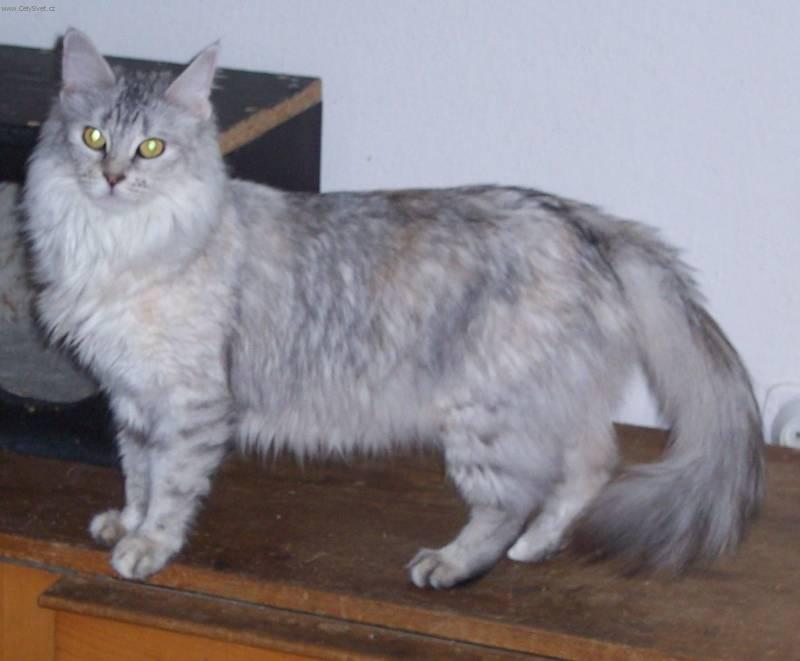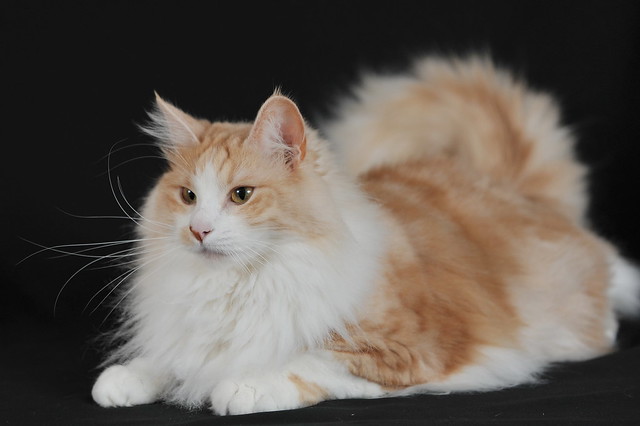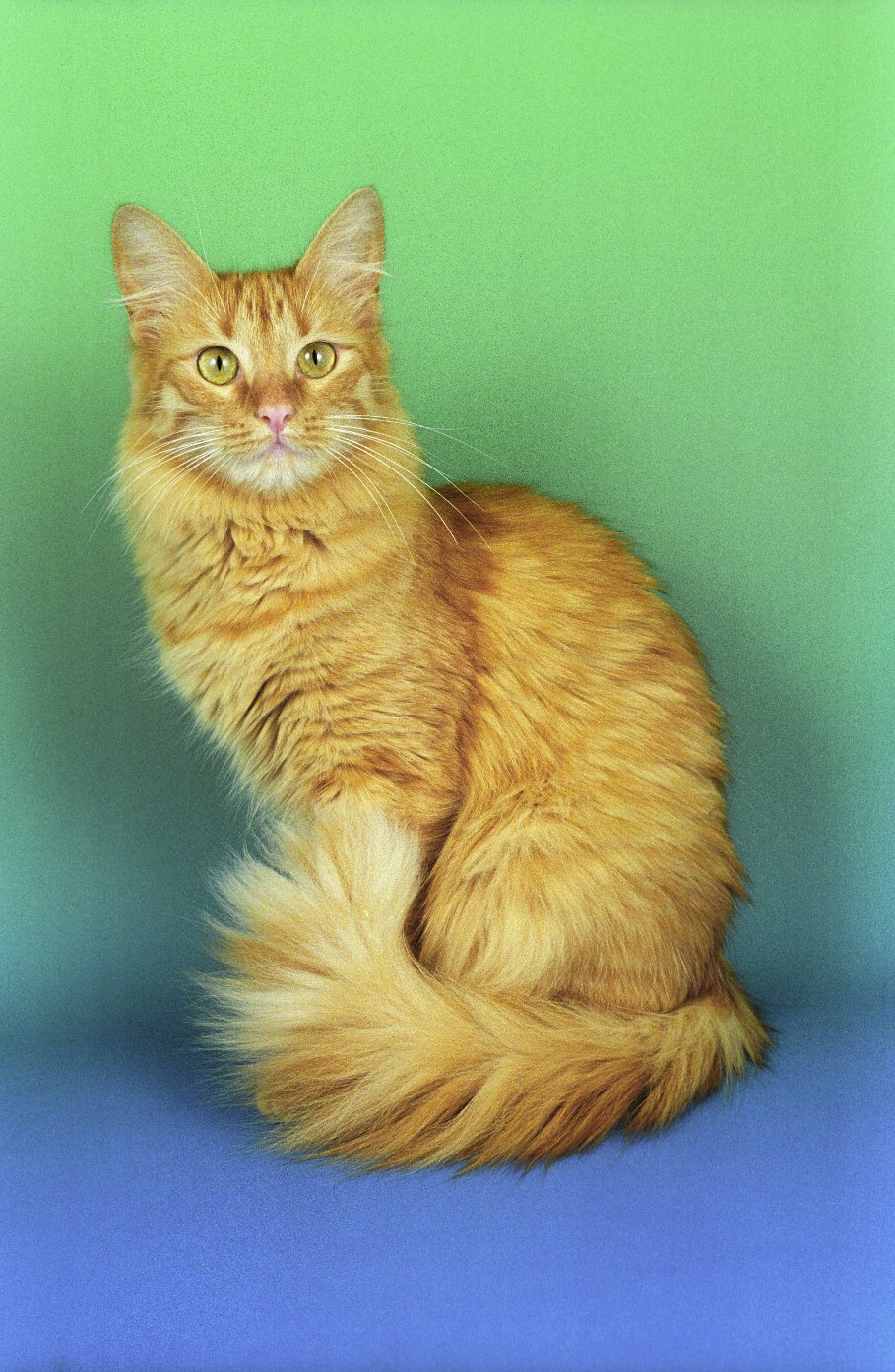ONLINE VACATION
ANKARA, ANATOLIA, TURKEY
3/6/14
Hi Everyone. This is Page 2 of Ankara, Turkey trip. There are some
special animals that come from Ankara, which was also known as Angora.
We are going to take a look at some of these animals. I hope you
enjoy seeing them. ~Marsha~
TURKISH ANGORA CAT
Ankara is home to a world famous cat breed the Turkish Angora. It is
a breed of domestic cat. Turkish Angoras are one of the ancient,
naturally occurring cat breeds, having originated in Ankara and its
surrounding region in central Anatolia.
They mostly have a white, silky, medium to long length coat, no undercoat
and a fine bone structure. There seems to be a connection between the
Angora Cats and Persians. Although they are known for their shimmery
white coat, currently there are more than twenty varieties including
black, blue and reddish fur. They come in tabby and tabby-white, along
with smoke varieties, and are in every color other than pointed,
lavender, and cinnamon.
Eyes may be blue, green, or amber, or even one blue and one amber or
green. The W gene which is responsible for the white coat and blue eye
is closely related to the hearing ability, and the presence of a blue
eye can indicate that the cat is deaf to the side the blue eye is
located. However, a great many blue and odd-eyed white cats have
normal hearing, and even deaf cats lead a very normal life if kept
indoors.
Ears are pointed and large, eyes are almond shaped and the head is massive
with a two plane profile. Another characteristic is the tail, which is
often kept parallel to the back.









ANGORA RABBIT
The Angora rabbit (Turkish: Ankara tavşanı) is a variety of domestic
rabbit bred for its long, soft hair. The Angora is one of the oldest
types of domestic rabbit, originating in Ankara and its surrounding
region in central Anatolia. The rabbits were popular pets with French
royalty in the mid-18th century, and spread to other parts of Europe
by the end of the century. They first appeared in the United States in
the early 20th century. They are bred largely for their long Angora
wool, which may be removed by shearing, combing, or plucking (gently
pulling loose wool.)
Angoras are bred mainly for their wool because it is silky and soft. They
have a humorous appearance, as they oddly resemble a fur ball. Most
are calm and docile but should be handled carefully. Grooming is
necessary to prevent the fiber from matting and felting on the rabbit.
A condition called "wool block" is common in Angora rabbits and should
be treated quickly. Sometimes they are shorn in the summer as the long
fur can cause the rabbits to overheat.







ANGORA GOAT
The Angora goat (Turkish: Ankara keçisi) is a breed of domestic goat that
originated in Ankara and its surrounding region in central Anatolia.
This breed was first mentioned in the time of Moses, roughly in 1500 BC.
The first Angora goats were brought to Europe by Charles V, Holy Roman
Emperor, about 1554, but, like later imports, were not very
successful. Angora goats were first introduced in the United States in
1849 by Dr. James P. Davis. Seven adult goats were a gift from Sultan
Abdülmecid I in appreciation for his services and advice on the
raising of cotton.
The fleece taken from an Angora goat is called mohair. A single goat
produces between five and eight kilograms of hair per year. Angoras
are shorn twice a year, unlike sheep, which are shorn only once.
Angoras have high nutritional requirements due to their rapid hair
growth. A poor quality diet will curtail mohair development. The
United States, Turkey, and South Africa are the top producers of mohair.
For a long period of time, Angora goats were bred for their white coat.
In 1998, the Colored Angora Goat Breeders Association was set up to
promote breeding of colored Angoras. Today, Angora goats produce
white, black (deep black to greys and silver), red (the color fades
significantly as the goat gets older), and brownish fiber.
Angora goats were depicted on the reverse of the Turkish 50 lira banknotes
of 19381952.










MISCELLANEOUS ANIMALS
DUCKS



TURKEYS



PEACOCK BUTTERFLY

I DON'T KNOW WHAT THIS IS

BACK TO THE MAIN INFORMATION PAGE OF ANKARA, TURKEY. CLICK HERE
special animals that come from Ankara, which was also known as Angora.
We are going to take a look at some of these animals. I hope you
enjoy seeing them.
~Marsha~
TURKISH ANGORA CAT
Ankara is home to a world famous cat breed the Turkish Angora. It is
a breed of domestic cat. Turkish Angoras are one of the ancient,
naturally occurring cat breeds, having originated in Ankara and its
surrounding region in central Anatolia.
They mostly have a white, silky, medium to long length coat, no undercoat
and a fine bone structure. There seems to be a connection between the
Angora Cats and Persians. Although they are known for their shimmery
white coat, currently there are more than twenty varieties including
black, blue and reddish fur. They come in tabby and tabby-white, along
with smoke varieties, and are in every color other than pointed,
lavender, and cinnamon.
Eyes may be blue, green, or amber, or even one blue and one amber or
green. The W gene which is responsible for the white coat and blue eye
is closely related to the hearing ability, and the presence of a blue
eye can indicate that the cat is deaf to the side the blue eye is
located. However, a great many blue and odd-eyed white cats have
normal hearing, and even deaf cats lead a very normal life if kept
indoors.
Ears are pointed and large, eyes are almond shaped and the head is massive
with a two plane profile. Another characteristic is the tail, which is
often kept parallel to the back.






ANGORA RABBIT
The Angora rabbit (Turkish: Ankara tavşanı) is a variety of domestic
rabbit bred for its long, soft hair. The Angora is one of the oldest
types of domestic rabbit, originating in Ankara and its surrounding
region in central Anatolia. The rabbits were popular pets with French
royalty in the mid-18th century, and spread to other parts of Europe
by the end of the century. They first appeared in the United States in
the early 20th century. They are bred largely for their long Angora
wool, which may be removed by shearing, combing, or plucking (gently
pulling loose wool.)
Angoras are bred mainly for their wool because it is silky and soft. They
have a humorous appearance, as they oddly resemble a fur ball. Most
are calm and docile but should be handled carefully. Grooming is
necessary to prevent the fiber from matting and felting on the rabbit.
A condition called "wool block" is common in Angora rabbits and should
be treated quickly. Sometimes they are shorn in the summer as the long
fur can cause the rabbits to overheat.






ANGORA GOAT
The Angora goat (Turkish: Ankara keçisi) is a breed of domestic goat that
originated in Ankara and its surrounding region in central Anatolia.
This breed was first mentioned in the time of Moses, roughly in 1500 BC.
The first Angora goats were brought to Europe by Charles V, Holy Roman
Emperor, about 1554, but, like later imports, were not very
successful. Angora goats were first introduced in the United States in
1849 by Dr. James P. Davis. Seven adult goats were a gift from Sultan
Abdülmecid I in appreciation for his services and advice on the
raising of cotton.
The fleece taken from an Angora goat is called mohair. A single goat
produces between five and eight kilograms of hair per year. Angoras
are shorn twice a year, unlike sheep, which are shorn only once.
Angoras have high nutritional requirements due to their rapid hair
growth. A poor quality diet will curtail mohair development. The
United States, Turkey, and South Africa are the top producers of mohair.
For a long period of time, Angora goats were bred for their white coat.
In 1998, the Colored Angora Goat Breeders Association was set up to
promote breeding of colored Angoras. Today, Angora goats produce
white, black (deep black to greys and silver), red (the color fades
significantly as the goat gets older), and brownish fiber.
Angora goats were depicted on the reverse of the Turkish 50 lira banknotes
of 19381952.










MISCELLANEOUS ANIMALS
DUCKS


TURKEYS


PEACOCK BUTTERFLY
I DON'T KNOW WHAT THIS IS

BACK TO THE MAIN INFORMATION PAGE OF ANKARA, TURKEY. CLICK HERE
Information from Wikipedia
This is a MelloMarsha creation
I do not take credit for the pictures
Thanks to the respective photographers
3-5-14
BACK TO THE ONLINE VACATION INDEX